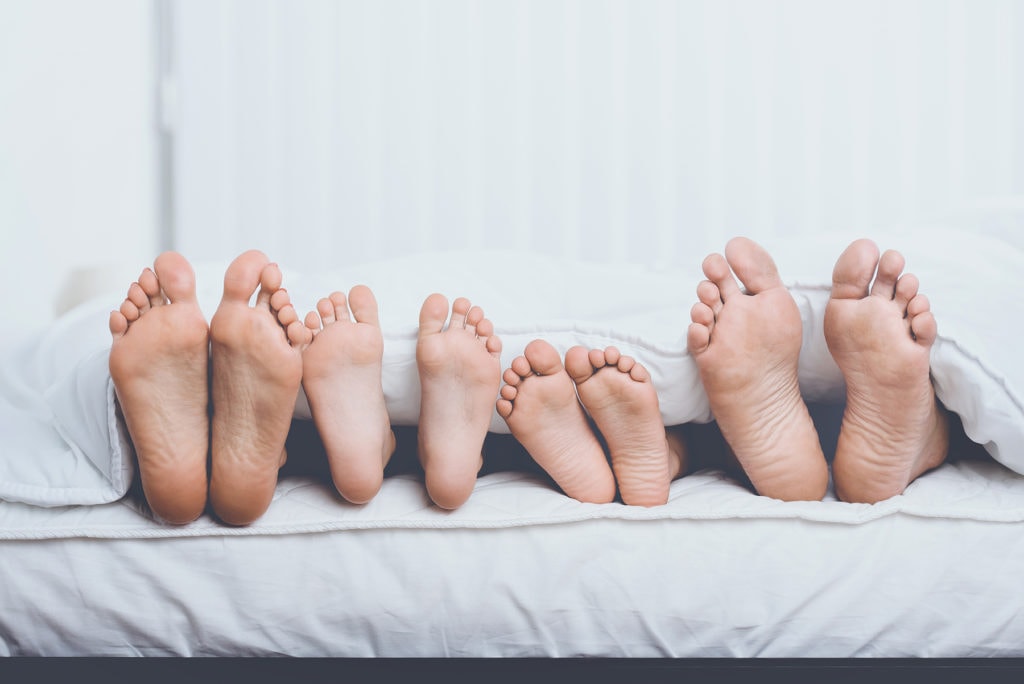
Cullman Regional Wound Healing Center Spotlights Wound Healing & Prevention During Foot Health Awareness Month
The human foot is a marvelous and complex structure with 26 bones, 33 joints and over 100 muscles. And while foot problems can occur at any age, they often increase as we get older because blood flow to the feet can be compromised due to underlying health issues like diabetes or cardiovascular disease.
For many diabetics, a lack of proper blood flow to the lower limbs can trigger the development of chronic wounds which, if left untreated, can lead to amputation. In fact, 85 percent of the 73,000 lower limb amputations performed each year in the U.S. began with a diabetic ulcer.
To add a layer of complexity to the issue, diabetics can develop peripheral neuropathy which causes a loss of sensation in the lower limbs and feet. A simple cut or scrape can remain undetected and quickly develop into a severely infected wound that invades into the tissues, muscles or tendons.
“A chronic foot ulcer is one of the most common conditions we treat and it often stems from poorly controlled diabetes,” said General Surgeon Brad Moody, MD. “It’s not unusual for a patient to report seeing blood after removing a sock with no idea why. It’s important to be proactive, check your feet on a daily basis, and get treatment if a wound develops.”
With specialized treatment most chronic wounds can be healed within a month. Here are five tips for wound prevention and management:
- Examine your feet daily for cuts, sores, blisters, or red spots – and don’t forget the bottoms!
- Wash your feet every day in lukewarm water and dry well between the toes. This is a simple way to reduce bacterial and fungal load and help prevent infections.
- Moisturize your feet every day with a thin coating of lotion, cream, or petroleum jelly. Avoid applying it between the toes.
- Always wear footwear when walking outside. Diabetic neuropathy can prevent you from feeling very hot pavement or other items that could injure the feet. Be sure to wear properly fitted footwear and socks that “breathe.”
- Watch your blood sugar. The best way to prevent foot problems is to keep glucose levels under control. It will also help wounds heal more quickly.
If you have a non-healing wound or any issues concerning your feet, it’s important to schedule an evaluation as soon as possible. It may save your foot.
The Cullman Regional Wound Healing Center specializes in the healing of chronic wounds with a multidisciplinary team of physicians and nurses specially trained in treating wounds that have resisted healing after weeks or months of traditional treatment. Schedule an appointment by calling 256-737-2980 or click here for more information.